Pedestrian Improvements
A major benefit of the Southwest Corridor Light Rail project is the increased pedestrian permeability across Barbur Boulevard, making the crossings locations throughout the corridor as safe and comfortable as possible, while maintaining light rail operations and vehicular traffic. With guidance from PedPDX, Portland’s citywide pedestrian plan, the project increases the overall permeability of Barbur Boulevard through additional marked crossings. The design of crossing frequencies strives to meet a 530’ desired spacing within designated pedestrian districts and an 800’ desired spacing outside of pedestrian districts. More details on pedestrian crossings can be viewed in each of the station pages.
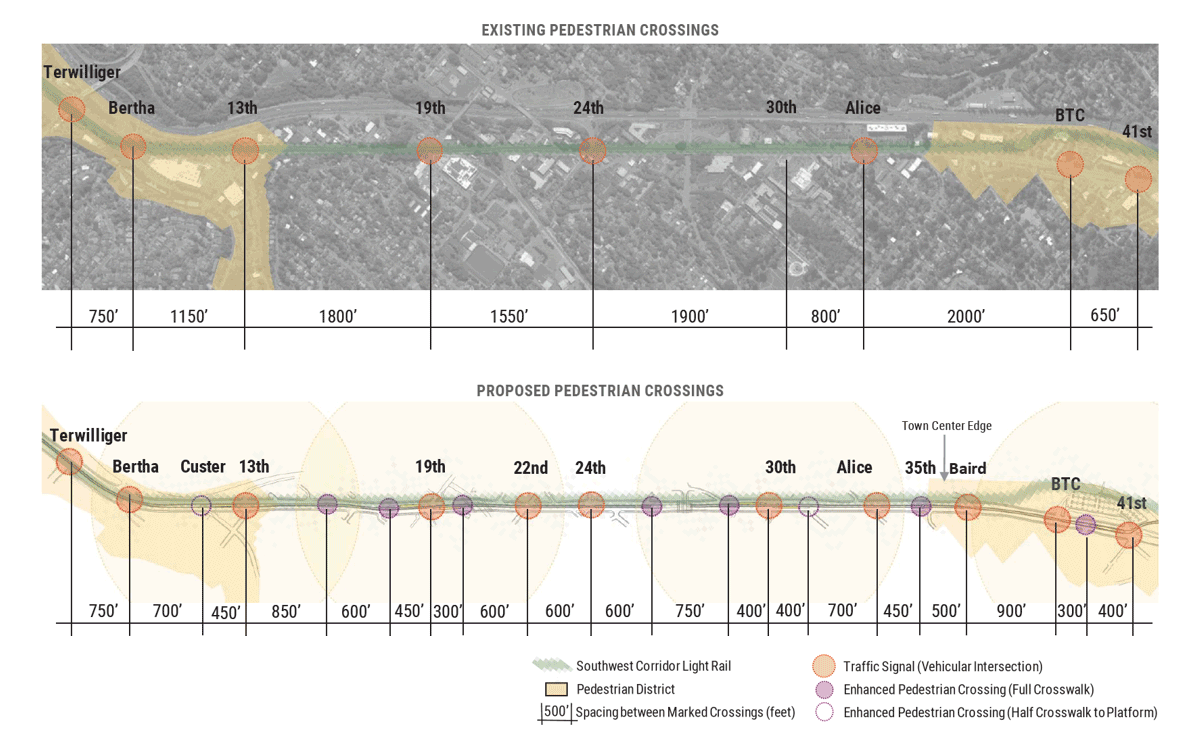
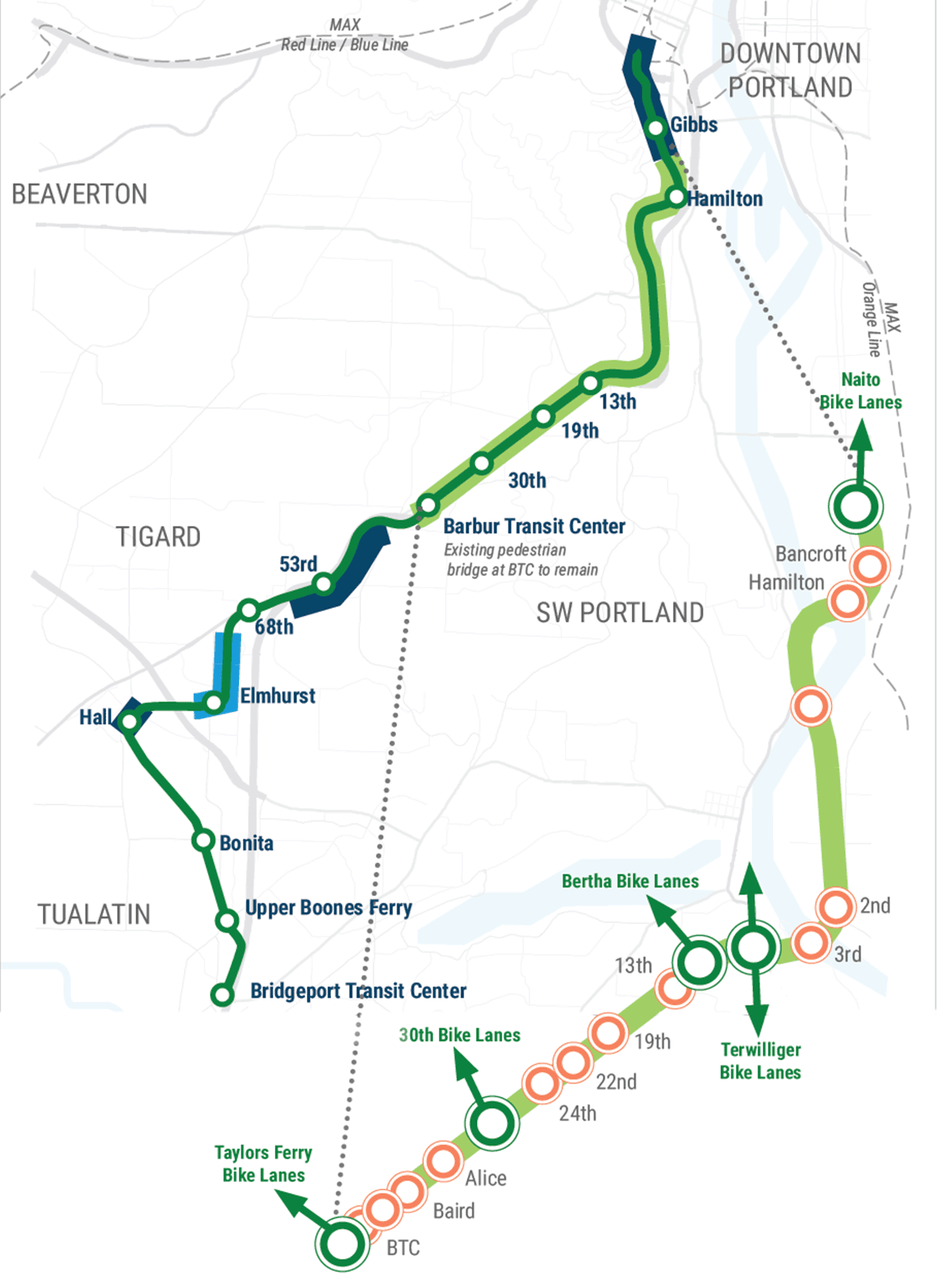
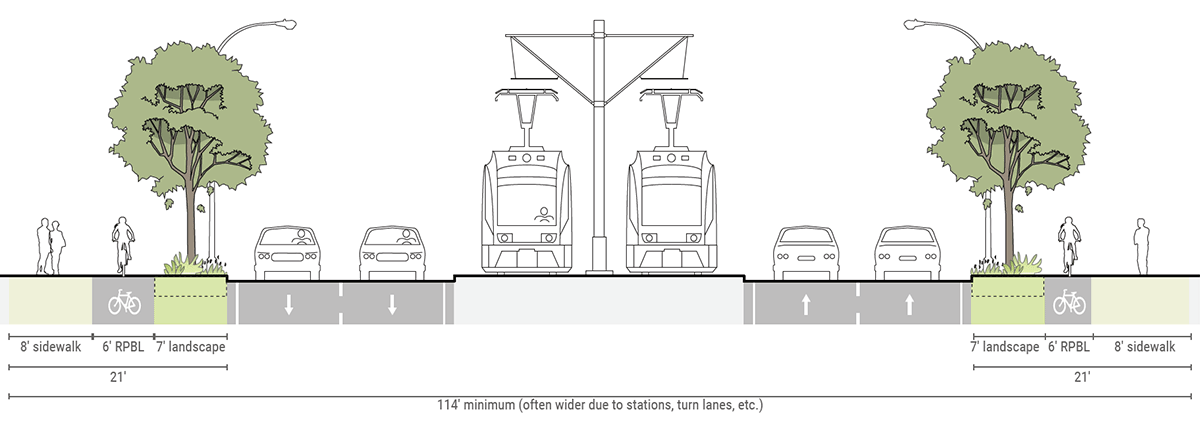
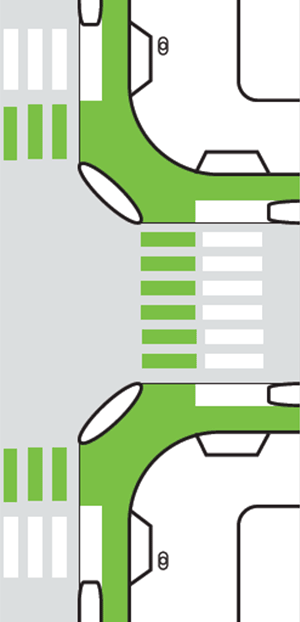
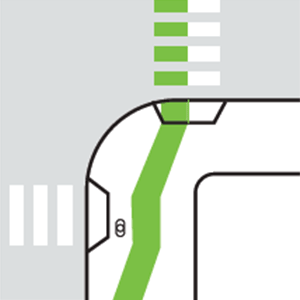
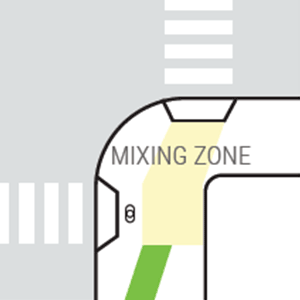



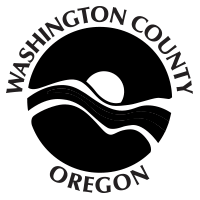
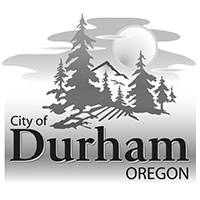
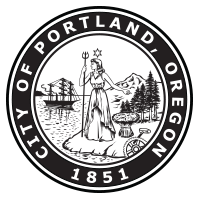
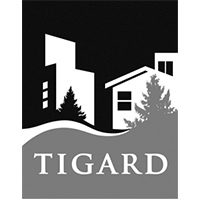

¿Comentarios o preguntas?
Llame al 503-962-2150 o envíe un correo electrónico para obtener más información.